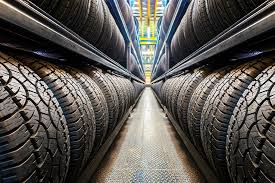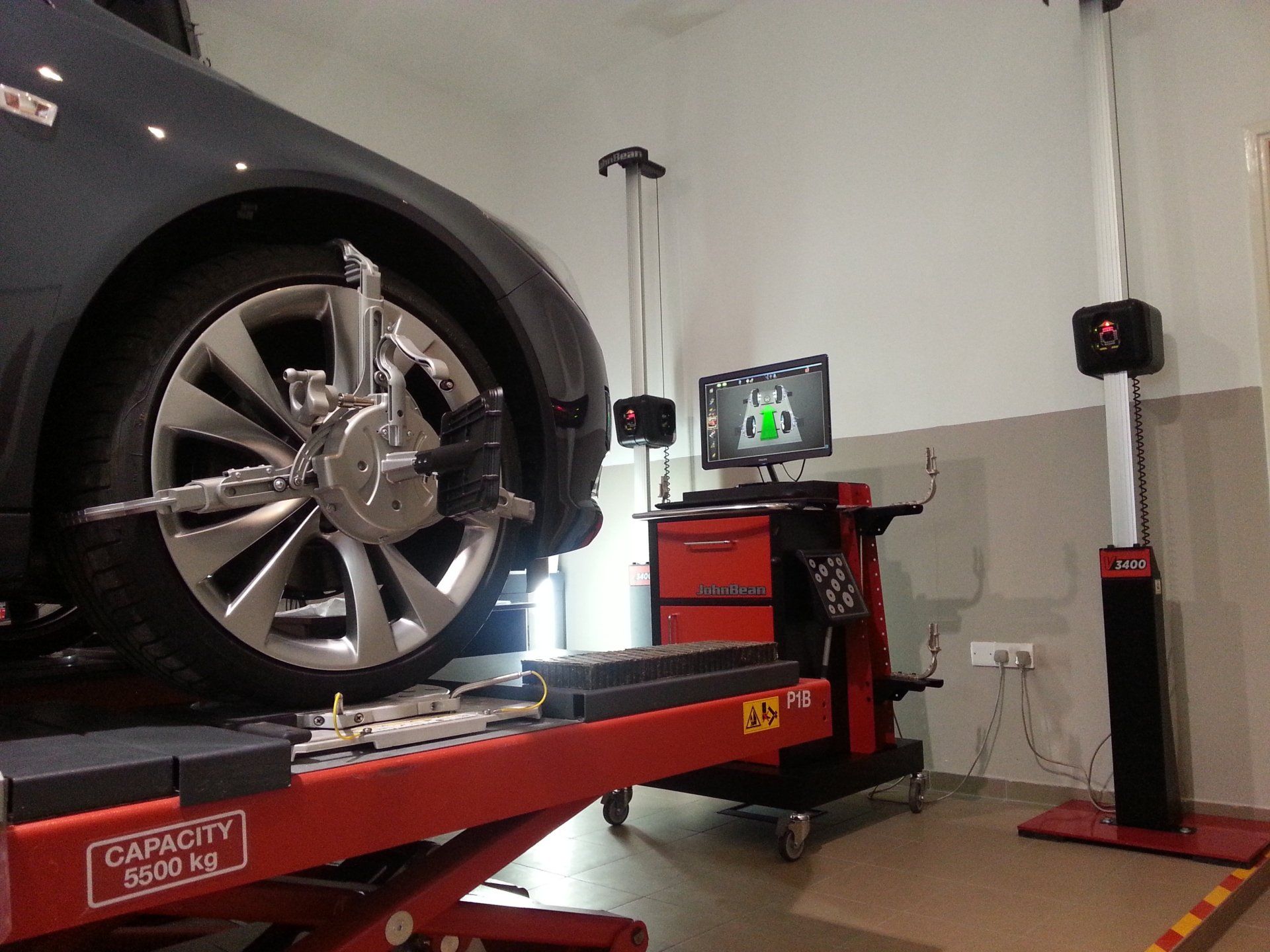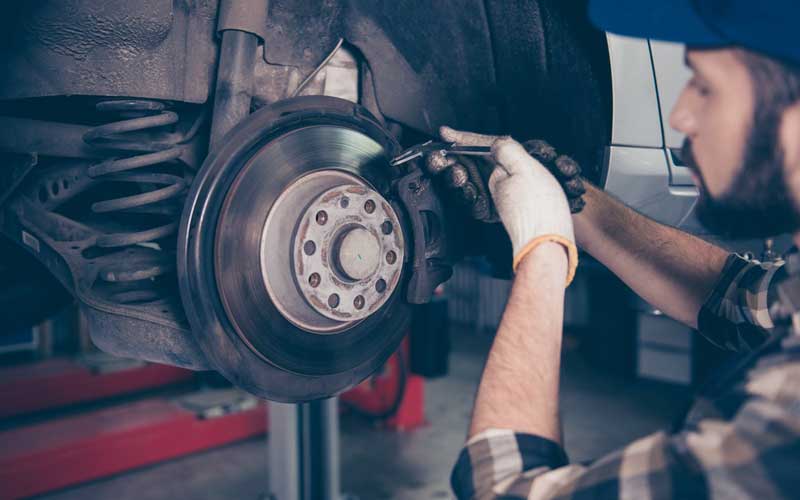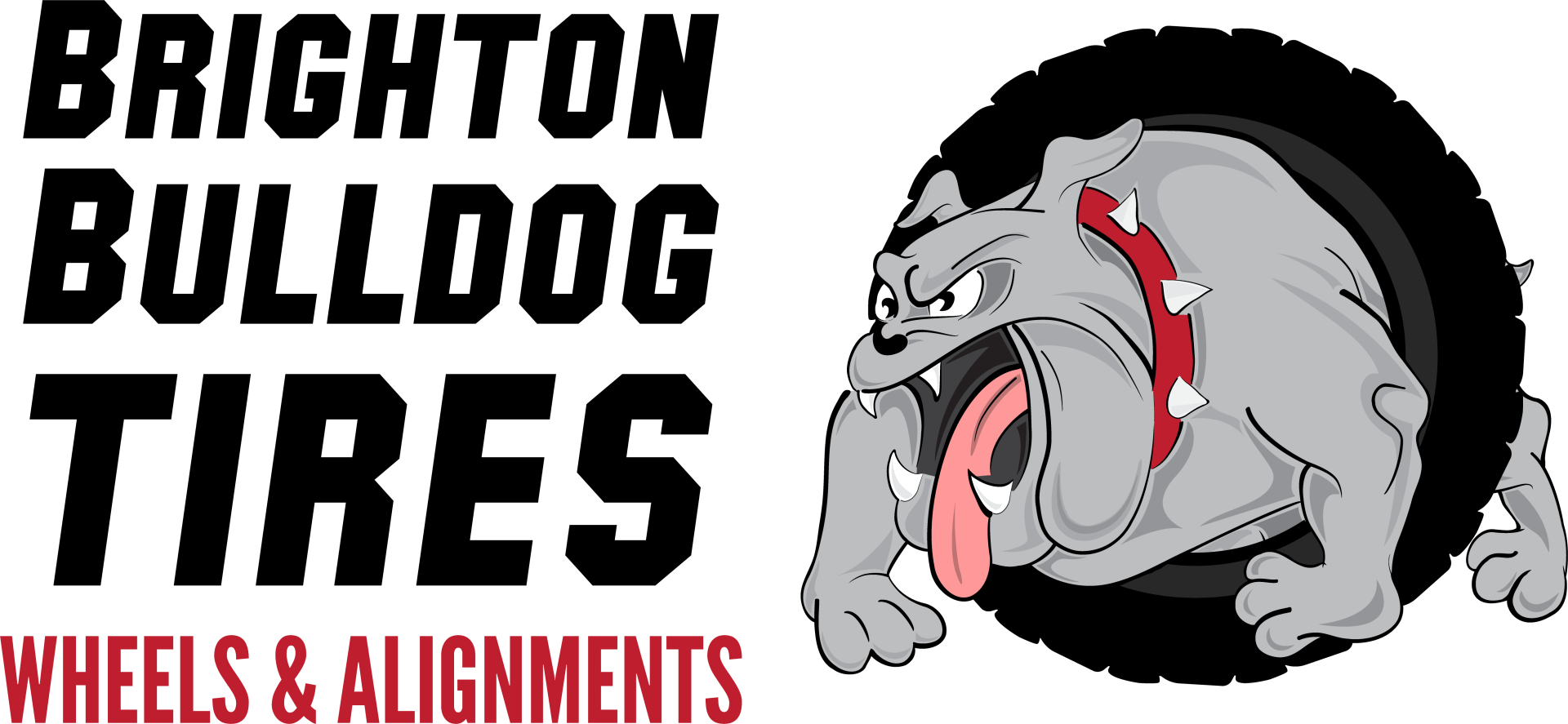How long do Car Tires last?
Al Mohar has been in the car tire business along time he currently operates Quebec Street Tires and Wheels & Brighton Bulldog Tires and he has seen every type of tire problem there is and has done tire repair to tires others couldn’t fix, we are tire experts. Do not wait until it's too late -- that is, until your tires fail.
There are plenty of reasons to give your tires especially if they are used tires a little bit of attention now, before you find yourself on the side of the road at midnight or in a rain/snowstorm in the worst possible situation. I think you will agree it is totally unsafe.
A well-selected and maintained tire can contribute greatly to your safety, increased fuel economy, better handling and stopping in all road conditions as well as providing greater comfort and ride quality.
Walking into a tire showroom can be an overwhelming experience with literally hundreds of tire brands available, in a wide range of styles, construction, composition and price. To make the selection process easier and more effective we've put together these great tips for buying tires.

1. Make sure that you need new tires. Perform a quick visual inspection. If you see excessive tread wear, cracked sidewalls, or any discoloration or a tire bulge, it is probably time for a new set.
If your tires are more than 5 years old, consider replacing them even if they look OK -- rubber deteriorates with exposure to oxygen.
2. Make sure that your car is in good shape. Inspect your tires for signs of uneven wear, which might indicate alignment or suspension issues. Check for signs like more wear on the inside or outside of the tire vs. an even wear pattern across the entire width of the tread.
If you put a new set of tires on a misaligned car, or one with bad shocks, you are throwing money away. The new tires will wear quickly and unevenly, and you will need another set in a hurry.
Most tire centers will inspect your current set of tires and give you an assessment of your car's condition before you buy. If you have a trusted mechanic, bring your car in for an inspection before heading out to the tire center -- an impartial opinion from an expert who isn't trying to sell you something is always desirable.
3. Check your owner’s manual and information placard. The manufacturer of your car has made a recommendation about the size and type of tires which work best with your vehicle, that information is found in the owner's manual and on the information placard.
The information placard on your vehicle is required by law, and is permanently attached to your door edge, door post, glove compartment door or inside your trunk lid. It may have been painted over on some older cars, but it's there.
If you don't have an owner’s manual, most manufacturers will sell you a replacement at a reasonable cost -- ask your dealer, or search on the manufacturer's Web site.
4. Decipher the tire code. Perhaps the most confusing part of tire buying is figuring out what those numbers on the sidewall of the tire mean. They are part of a simple standardized code that is required by federal law in order to describe tires, and to identify them in case of a recall.
You can read more in the National Highway Traffic Safety Administration's online brochure, but here's a quick primer:
Example of tire sidewall markings -- P215/65R 15 95H M+S
- First up is a letter or letters, indicating the tire's purpose: "P" for passenger cars or "LT" for light trucks are the most likely letters you'll see.
- Next is a three-digit number. This is the tire's width (in millimeters) from sidewall edge to sidewall edge.
- Then, a two-digit number which is the tire's aspect ratio, or the ratio of height to width. The smaller the number, the shorter the sidewall.
- Next, a letter, probably "R," which indicates radial construction. Almost every tire you encounter will be a radial nowadays unless you're buying tires for a classic car.
- Then, another two-digit number, which is the diameter of the wheel that the tire is intended to fit.
- Next, an optional two- or three-digit number. This is the tire's load index number, and its inclusion is not required by law. The load index number corresponds with the tire's load-carrying capacity. A site for discount tires has posted a handy chart with the load index numbers and loads. Simply put, don't install a tire with a lower load index number than your manufacturer recommends. AOL Autos: Tire shopping lessons
- Next, a letter. This is the tire's speed rating. Follow your manufacturer's recommendation. You should only need to upgrade to a higher speed rating if you have modified your vehicle for track use, or if you are heading to Germany to drive on the Autobahn.
- Next, some more letters, usually "M+S" or "M/S." This stands for mud and snow and applies to most radial tires sold in America.
There are more numbers and letters, most of which you don't really need to worry about unless your tires are subject to a recall. They refer to the tire's place and date of manufacture, the maximum inflation pressure, maximum load rating, composition, materials, tread wear, traction, and temperature grades.
Diving deeply into these ratings will yield a trove of information - most of which differs from manufacturer to manufacturer. Unless you are obsessive about your tires, you will probably be OK trusting in your tire guy's interpretation of the small print.
Brighton Bulldog Tires will be able to talk you through these codes and will know which tires are a good fit for your vehicle. You will have to choose between summer, all-season or winter tires, between extended tread life and better handling.
Be sure to ask a lot of questions, get answers, and have Al or Nick point out the features on the tires and the code that indicates the feature on the sidewall.
5. Consider the wheels. One of the most popular customization options on vehicles these days is a new set of rims. If your current wheels are worn or damaged, you might want to consider buying a new set when you replace your tires.
There's more than appearance to consider when you buy wheels, however. Try to match size as closely as possible to the manufacturer's originals. Even though bigger wheels might look great on your car, there's some complicated math to making sure that the tires and wheels match the car.
The bigger the wheel, the lower the aspect ratio tire you will be able to use. In order to make the car handle and turn properly, the outside diameter of the tire must remain the same as the original tires as the wheel gets bigger -- which means shorter sidewalls.
The sidewall is especially important to handling, and it is also especially important to comfort and noise. The shorter the sidewall, the less it will be able to flex when the car turns -- great for sporty handing -- and the less it will be able to absorb bumps and pavement irregularities. So, a bigger wheel might lead to a harsher ride, and a squirrelly car.
Additionally, the fact that custom wheels are often heavier than stock ones mean they can negatively impact the suspension or fuel mileage.
That said, you still might want to put bigger wheels on your ride. Perform some serious research before you make that decision and be careful not to sacrifice too much handling and safety for appearance. Tips for cleaning tires and wheels
6. Buy a full, matching set. Though you may be tempted to cut corners, and just replace the tire/s that are most worn, modern suspension technology is designed to work best with a matching set of tires. By replacing all four at once, you'll be able to maintain your tires better (more on that later), evaluate and repair suspension problems before they become major, and achieve the highest degree of safety and predictable handling.
7. Check on your spare. This is a great time to have your spare tire inspected and replaced if necessary. If your car uses a full-size spare and you are replacing your tires with the same make, model, and size, have Brighton Bulldog Tires save the best used tire for a spare.
8. Break in your new tires carefully. There is a release agent used during the manufacturing process, and it can leave a residue on the treads of new tires. There's a possibility that your tires will have less grip than expected until the residue wears off, especially in wet conditions. Allow about 500 miles of break-in time before you push your tires hard on cornering, and anticipate longer than usual braking distances, just to be safe.
9. Maintain your new tires. Check for proper inflation on a regular basis. Keeping your tires properly inflated will improve your gas mileage and will greatly improve your tires' longevity. AOL Autos: Gas saving tips
You should get satisfactory life and wear by maintaining proper air pressure, and by keeping up a consistent rotation schedule. Rotate your tires every time you change your oil -- even if they do not show signs of wear.
How long do tires last? How long do car tires last?
It may be tentative, but car tires do have an expiration date. There is a general consensus that most tires should be inspected, if not replaced, at about six years and should absolutely be swapped out after 10 years, regardless of how much tread they have left
What is the best car tire brand?
- Bridgestone. If you're looking to purchase a set of all-season tires, Bridgestone is the way to go.
- Continental. Continental is a top manufacturer that dominates the market when it comes to fuel economy and safety.
- Cooper Tires.
- Firestone.
- General.
- Goodyear.
- Michelin.
- Yokohama.
Brighton Bulldog Tires has been in the tire, alignment, brake, air conditioning business for 20 years and we welcome your business!


Contact
125 W Bridge St Unit A, Brighton, CO 80601
303-659-0868
carlosbulltires2023@gmail.com
All Rights Reserved | Brighton Bulldog Tires
